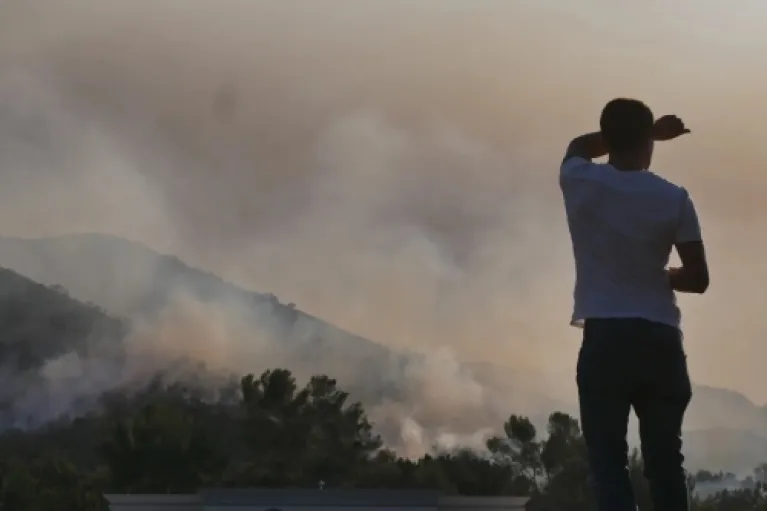West Marin
Comprising two-thirds of the landmass of the County, the area referred to as “West Marin” is more than one place. In among the large swaths of parks, agriculture and open space, there are two stories that dominate. One is of wealthier folks enjoying second homes and the bounty of the land. The other is of the folks working the land, living in substandard conditions and hidden from view.
unseen and uncounted
The census puts West Marin’s population at close to 9,000 residents. The true figure of those living between Stinson Beach in the south to Tomales in the north is much higher, as many Latino residents are uncounted. But the fact that nearly half of the school students in the region are Latino is an indicator of the discrepancy.
The majority of agricultural workers in Marin are located in West Marin. And the majority of those – 92% - live there year round. Unlike other parts of California, most live as family units, and a large number live on the ranches where they work. Hispanic and Latino residents comprise the majority of service workers and it’s estimated that close to 30% are living below the poverty line.
The community is also home to a large population of older adults, many living in poverty that is exacerbated by major infrastructure challenges: limited public transport services; a lack of solid internet connectivity and poor access to medical services.
The single most pervasive issue in the region is housing. Rents are high for the workforce and much of the housing stock is substandard. There is a critical need for more housing, but several issues are preventing progress: the high cost to install septic systems, lack of available new water connections, high development costs, and zoning requirements.
The eleven unincorporated communities that comprise West Marin lack a regional government to bring them together. This makes it difficult for the region to act as a unified whole when facing common challenges or planning for the region’s future. Because of this, the region relies heavily on a network of nonprofit organizations to provide much-needed community services for its rural population.





